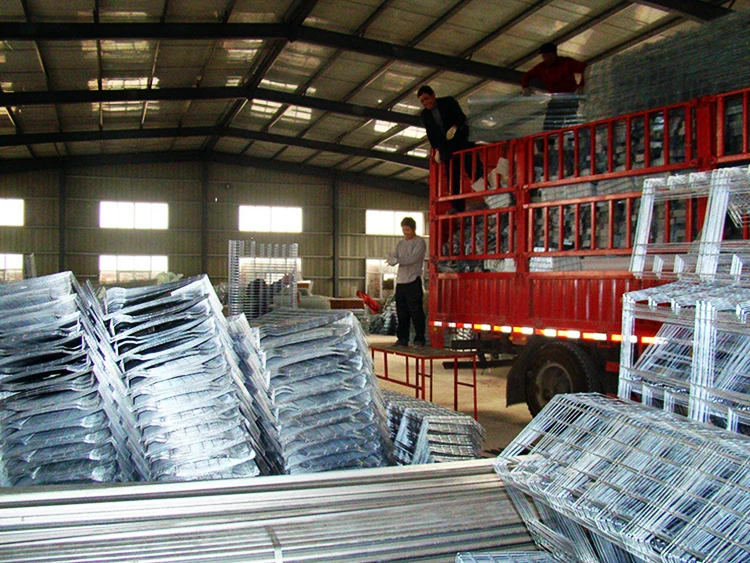pellet machine animal feed
Dec . 24, 2024 03:57 Back to list
pellet machine animal feed
The Importance of Pellet Machines in Animal Feed Production
In the modern agriculture sector, the quality and efficiency of animal feed production play a pivotal role in enhancing livestock health and productivity. One of the most efficient tools in this process is the pellet machine, which has become an essential part of the animal feed processing industry. This article will explore the significance of pellet machines, their operation, and their impact on animal nutrition.
What is a Pellet Machine?
A pellet machine, also known as a pellet mill, is a piece of equipment that compacts powdered feed ingredients into small, cylindrical pellets. The process involves applying pressure and heat, which not only shapes the ingredients but also enhances their nutritional value and digestibility. The feed can be made from various materials, including grains, legumes, hay, and other feed additives, making it highly versatile in meeting the specific dietary needs of different animal species.
How Do Pellet Machines Work?
The operation of a pellet machine involves several key stages
1. Ingredient Preparation Raw materials are first cleaned and ground to a fine particle size. This step ensures that the feed ingredients can bond more effectively during pelleting. 2. Conditioning The ground materials are then mixed with steam or water to create an optimal moisture content. Conditioning not only helps in the binding process during pellet formation but also gelatinizes starches in grains, which improves digestibility for animals.
3. Pelleting The conditioned mixture is fed into the pellet machine, where it is forced through a die under high pressure. The die has several holes, determining the pellet's size and shape. As the feed material passes through the die, it is cut into uniform pellets, which are then expelled from the machine.
4. Cooling and Drying Once formed, the hot pellets are cooled and dried to achieve an appropriate moisture level, enhancing their shelf life and preventing spoilage.
Advantages of Pellet Feed
pellet machine animal feed

Pellet feed has several advantages over traditional feed forms, such as mash or crumbles
. Here are some key benefits- Improved Nutritional Absorption The pelleting process enhances the digestibility of feed, helping animals to absorb more nutrients more efficiently, which can lead to better growth rates and higher milk production in dairy cattle. - Reduced Feed Waste Pelleted feed is less prone to spillage and wastage. The compact size makes it easier for animals to consume all of the feed, thereby reducing feeding costs and improving economic efficiency.
- Enhanced Feed Safety The heat generated during the pelleting process can kill harmful pathogens and bacteria, ensuring a safer feed product for livestock.
- Customizable Formulations With pellet machines, producers can tailor the nutrient composition of the feed to meet the specific needs of different types of livestock, such as poultry, swine, cattle, and aquaculture species.
- Ease of Storage and Transportation Pellets are easier to store and transport compared to loose feed, reducing logistic costs and making feeding operations more efficient.
Impact on Livestock Health and Productivity
The role of pellet machines in animal feed production extends beyond mere convenience; they directly influence animal health and productivity. Well-formulated pellet feed can improve the overall health of livestock by providing balanced nutrition that supports growth, reproduction, and immune function. Healthy animals are more productive, translating into higher yields of meat, milk, and eggs. This directly benefits farmers and contributes to food security.
Additionally, as the global demand for animal protein continues to rise, efficient feed production through pellet machines will be crucial in meeting the needs of a growing population while ensuring sustainable farming practices.
Conclusion
In conclusion, pellet machines have revolutionized the animal feed industry by providing an efficient means of producing high-quality, palatable feed that meets the nutritional requirements of various livestock species. As the agricultural landscape continues to evolve, the importance of such technologies will only increase, ensuring that livestock farming remains productive, sustainable, and resilient in facing future challenges. For farmers and livestock producers, investing in a pellet machine is not just a step towards modernization; it is a commitment to enhancing animal welfare and optimizing agricultural output.
-
Hot Sale 24 & 18 Door Rabbit Cages - Premium Breeding Solutions
NewsJul.25,2025
-
Automatic Feeding Line System Pan Feeder Nipple Drinker - Anping County Yize Metal Products Co., Ltd.
NewsJul.21,2025
-
Automatic Feeding Line System Pan Feeder Nipple Drinker - Anping County Yize Metal Products Co., Ltd.
NewsJul.21,2025
-
Automatic Feeding Line System - Anping Yize | Precision & Nipple
NewsJul.21,2025
-
Automatic Feeding Line System - Anping Yize | Precision & Nipple
NewsJul.21,2025
-
Automatic Feeding Line System-Anping County Yize Metal Products Co., Ltd.|Efficient Feed Distribution&Customized Animal Farming Solutions
NewsJul.21,2025






